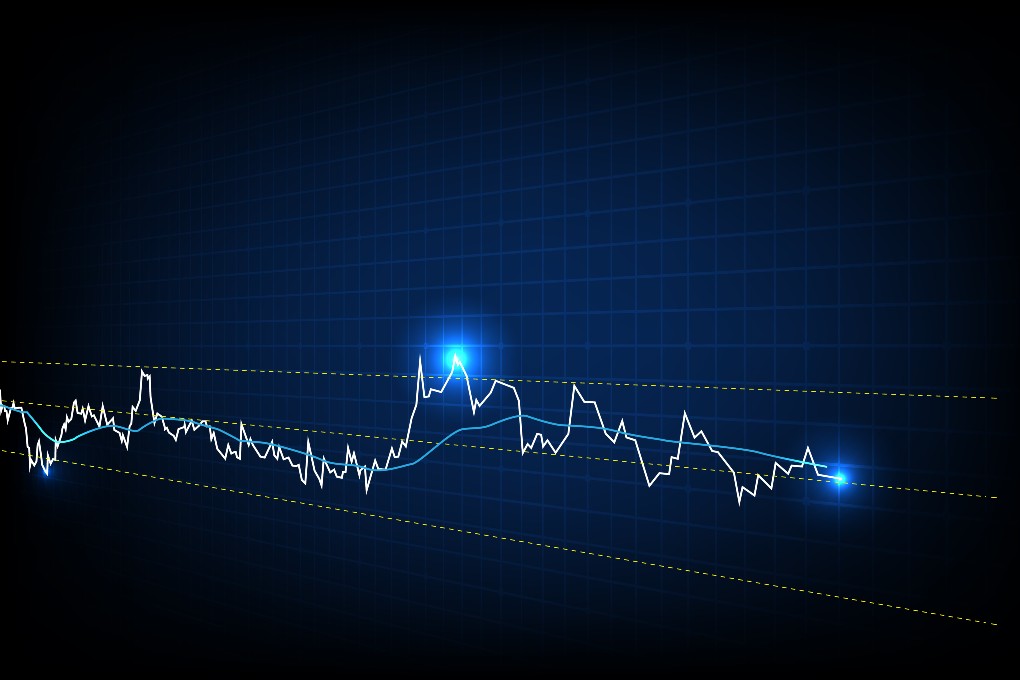In this article, we will examine what the relative strength index (RSI) is and how this technical indicator can be used by an active investor.
Definition of the indicator
Created in 1978 by Welles Wilder, the Relative Strength Index (RSI) is an oscillating technical analysis indicator. For stock trading, the RSI allows you to assess the strength of a movement and identify potential turnarounds in trends. Note that the RSI can also be used to analyze stock indexes, exchange rates and commodities.
Interpreting the RSI
The relative strength index is a momentum indicator that displays a value that always ranges from 0 to 100. For stock traders, the two important boundaries to watch are the 30 and 70 levels.
- When the RSI drops below 30, it means that the share is considered oversold.
- When the RSI rises above 70, it means that the share is considered overbought.
Another interesting point is the phenomenon of divergence between the share price trend and the direction of the RSI value. In a rising trend scenario, if the price of a share hits a new high but the RSI doesn't also generate a new high, it translates into a downward divergence. Such a divergence is seen as a strong signal of a reversing trend. Look at the image below to see the concept of divergence.

*Source: Market-Q
Index parameters
The only parameter that you can modify on the RSI is the period for which the value will be calculated. The default period is 14. If you reduce the period to 9, the index will be more reactive, but it could send you false signals. Inversely, if you increase the period to 25, the variation in the RSI value will not be as sharp, but it will indicate more solid overbought and oversold levels.
Note that the RSI value changes automatically based on the unit of time over which you carry out your analysis. In other words, it is possible for the RSI to be at an overbought level on a 5-minute graph and in oversold territory on a daily view. Be sure to read the RSI for the time period adapted to the duration of your trades, whether it's for swing trading or day trading on stocks.
RSI trading strategy
The relative strength index is not adapted for shares whose prices move based on a strong trend because in such a context, this indicator will provide you with false buy or sell signals. Like other oscillators, RSI is more effective when used on securities that show major volatility.
If the RSI is under 30, it means that the index considers that the stock is oversold and the share price could rally. It is crucial to understand that the trend reversal is confirmed once the RSI begins to rise again and move above 30. In such cases, the relative strength index sends you a buy signal to bet on the share price rising.
If the RSI is above 70, the indicator has determined that the share is overbought and the price could see a downward correction. Once again, when the RSI begins to drop and falls below the 70 mark, it confirms that the trend has reversed. After this is confirmed, the indicator gives you a sell signal, whether it's to close your long position or to initiate a short sale.

*Source: Market-Q
In conclusion, the relative strength index can be highly useful for active investors trying to take advantage of short-term price fluctuations by determining whether a share is considered overbought or oversold. However, remember that there is no technical indicator that allows you to predict the future with certainty, so you need to avoid making trades based solely on the RSI value or any other indicator.
Alexandre Demers has been an active investor since 2013 and is the founder and president of Traders 360 Inc. He has also authored the e-book "Investir à contre-courant" (Investing against the grain) and hosts the "Finance 360" podcast available free on Spotify and iTunes. His goal is to make stock trading more democratic and educate the public at large about the possibilities of self-managed investments.
The above article was written by Traders 360, an independent external firm partnered with National Bank Direct Brokerage.
